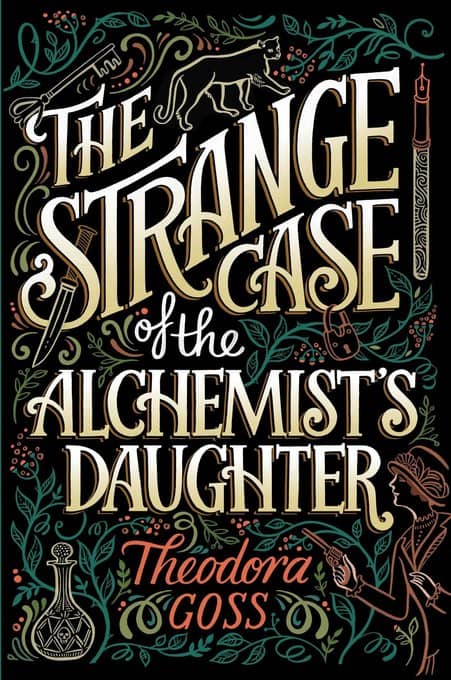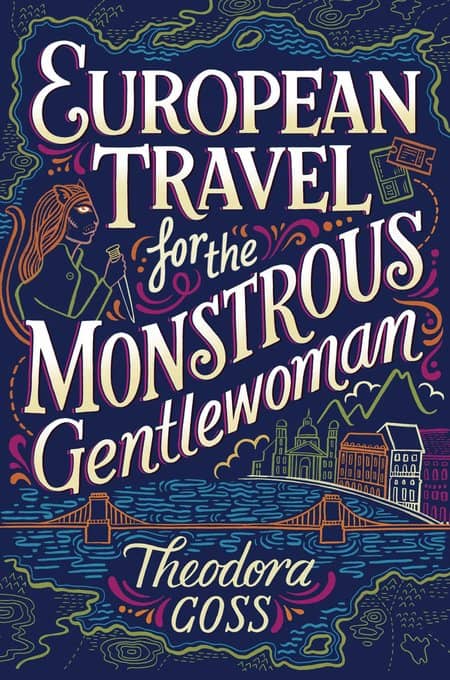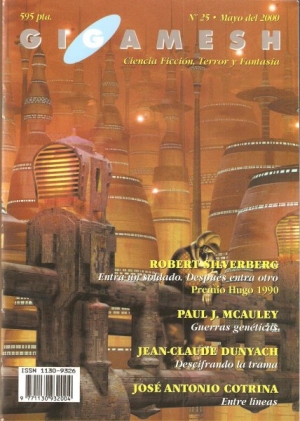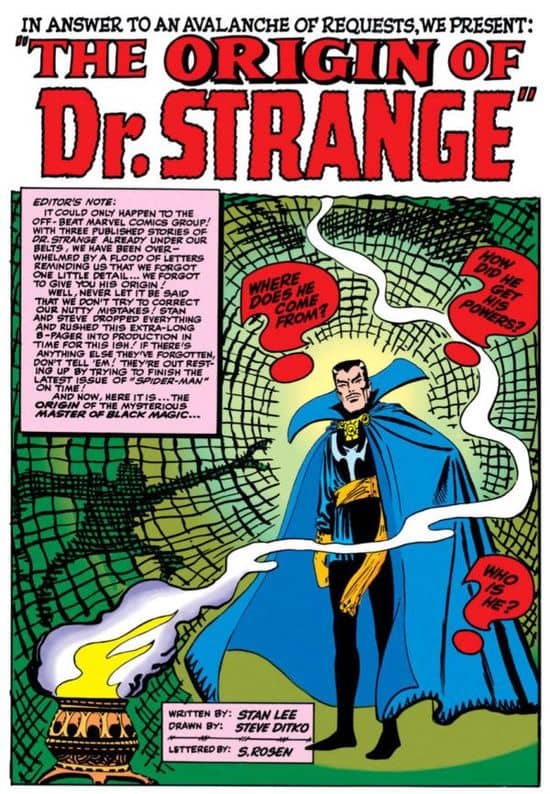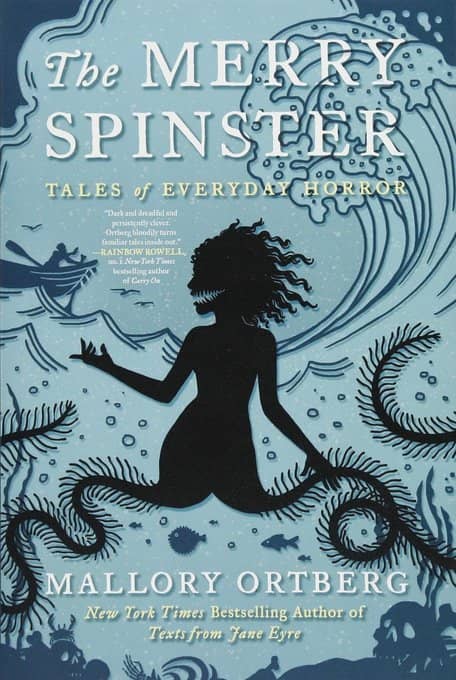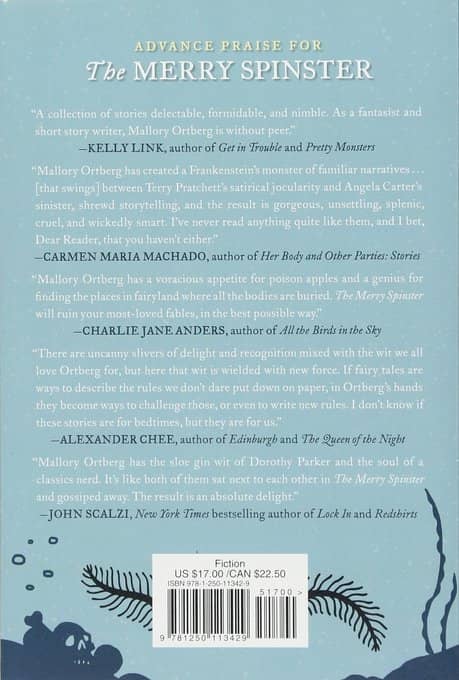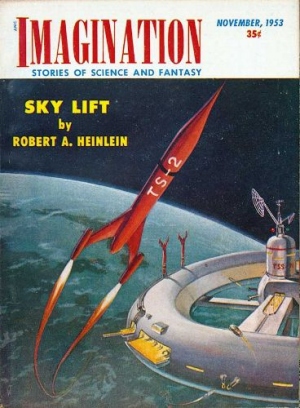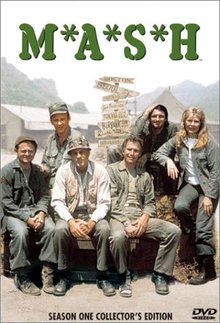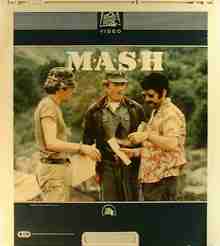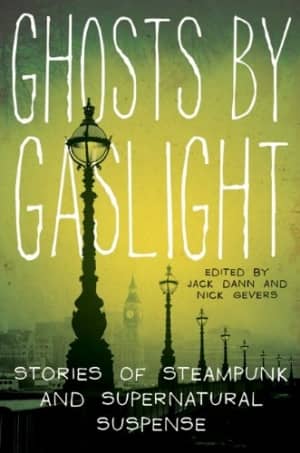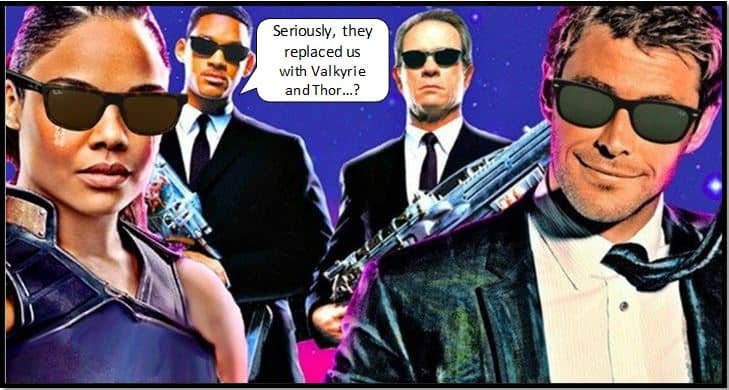A Perfect Dream of Summer: The Mad Scientists’ Club
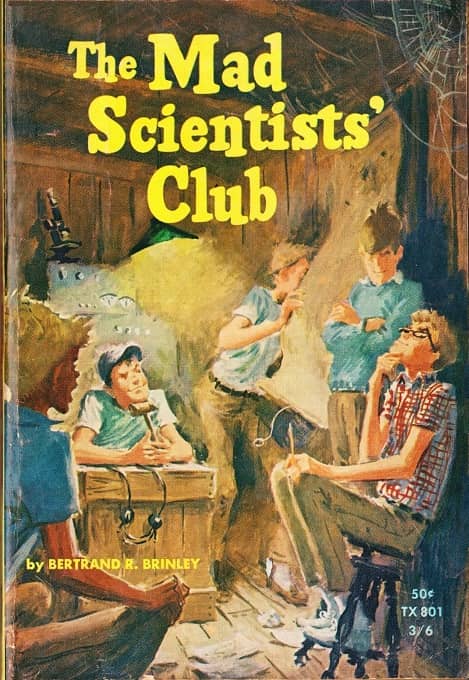 |
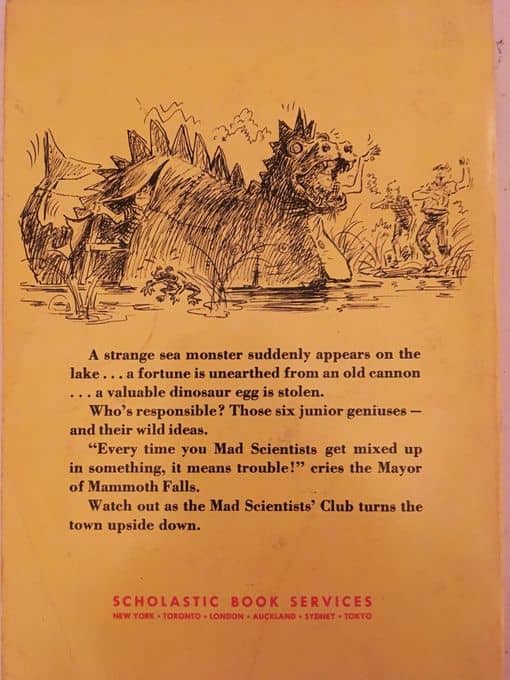 |
In 1970, when I was ten, my city (Bell Gardens, California) built a new state-of-the-art library — right across the street from my house. (It was then that I knew that I was the favorite of the gods. The vicissitudes of life have since led me to revise that reckless assumption, but then I no longer live across the street from a library.) Every time I walked through the building’s doors (five or six times a day, probably), I sent up a silent thanks to Richard M. Nixon, whose name was prominently displayed on the dedication plaque by the entrance, even though he really had nothing to do with the project. (He had other things on his mind in those days — boy, did he.)
I practically lived in that library, and I knew every shelf of the large children’s section intimately; I could have drawn a quite accurate map of the layout from memory, with large arrows pointing to the location of my favorite books, many of which I checked out repeatedly and read over and over again. I retain fond memories of those stories, though nothing in the world would persuade me to reread most of them.
This is because few things in life are more hazardous than returning to a beloved children’s book after the passage of many years. It’s doubly dangerous if the work in question is one that’s “just” a children’s book and not one of those — like Alice in Wonderland or Peter Pan or The Wind in the Willows or the Little House books — that depth and brilliance and long endurance have accorded the status of literature.
There are exceptions, though, children’s books that might be less ambitious than the aforementioned classics but which can still engage an adult reader in search of something more than mere nostalgia. Exceptions like The Mad Scientists’ Club.
